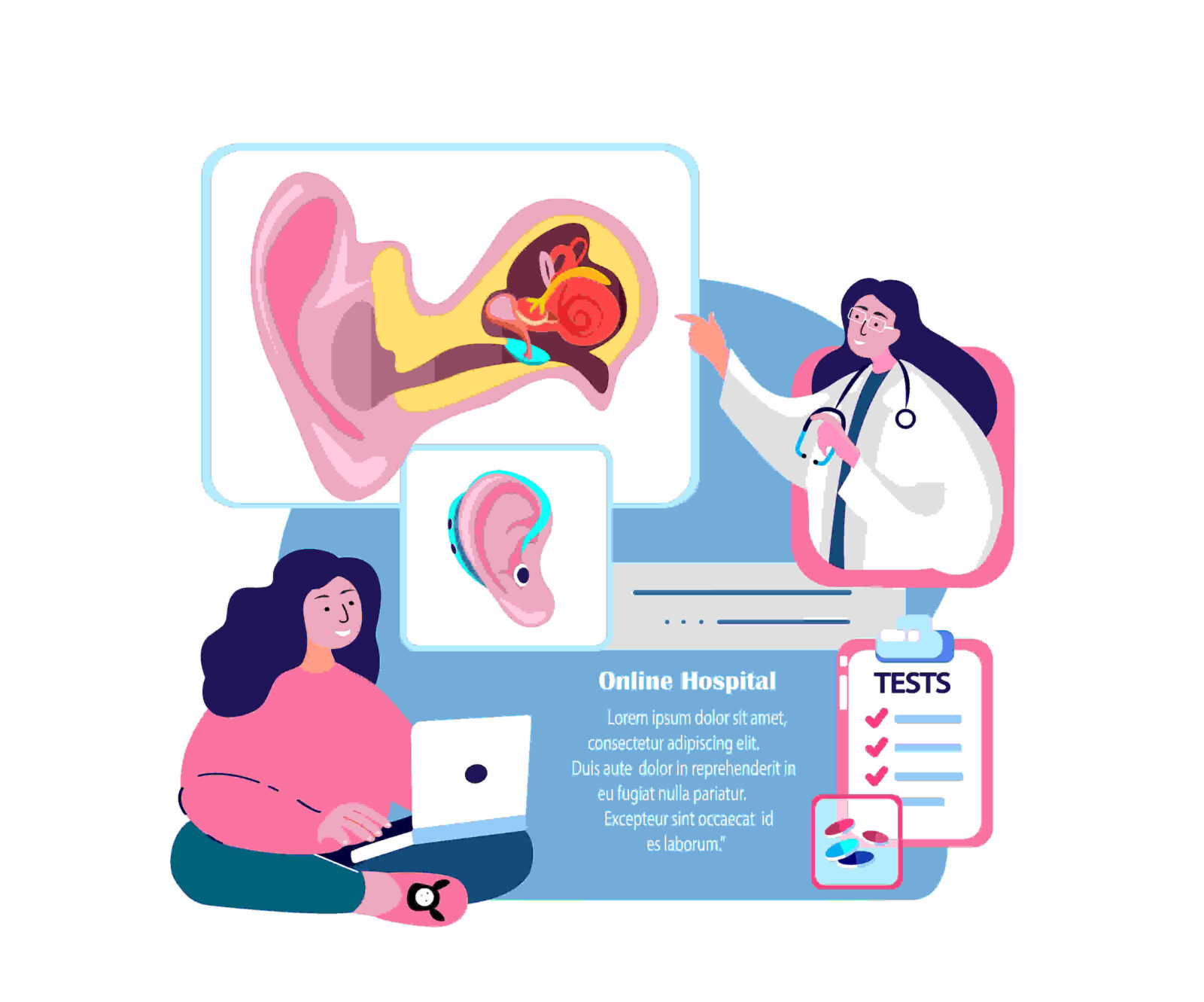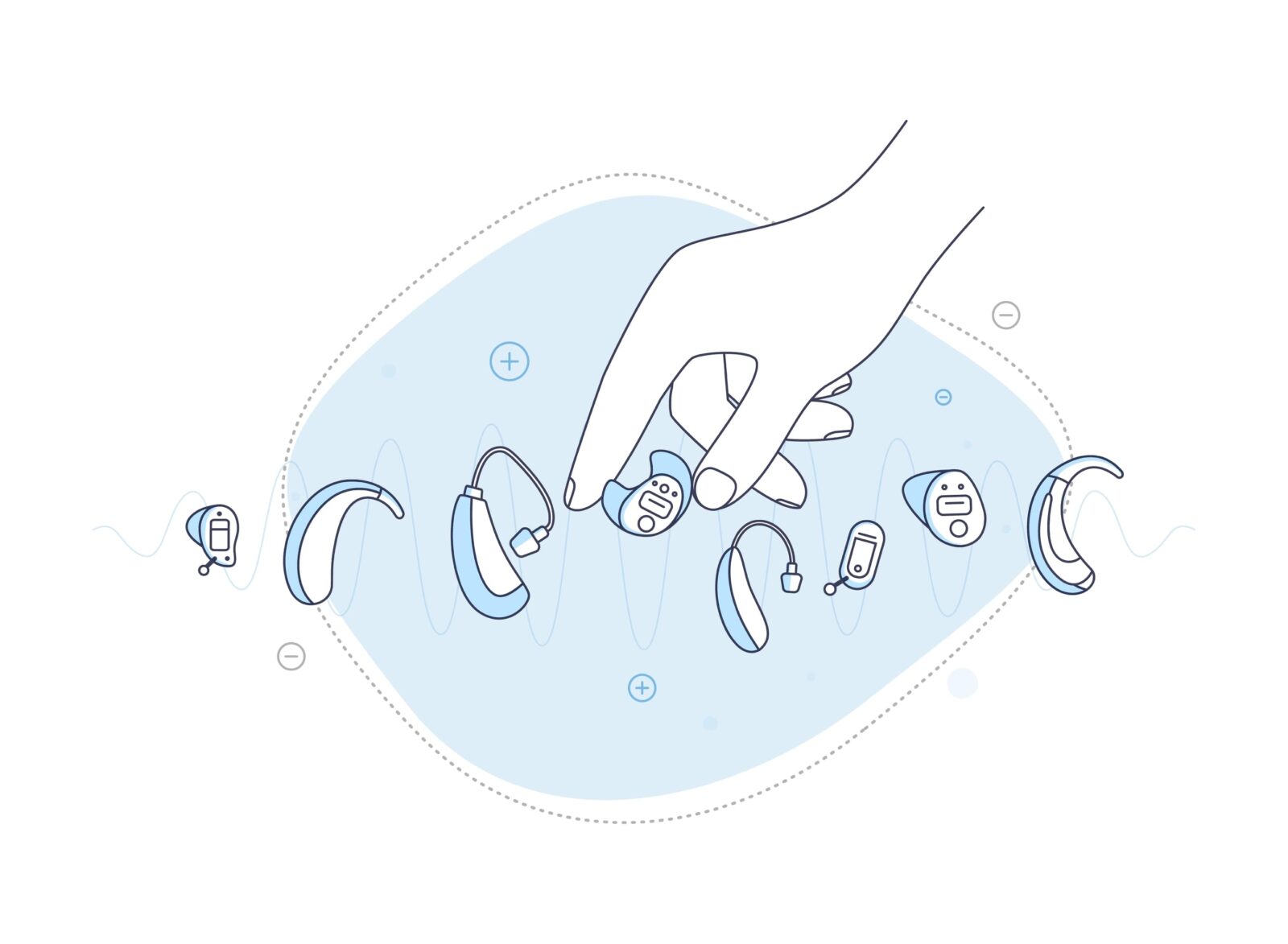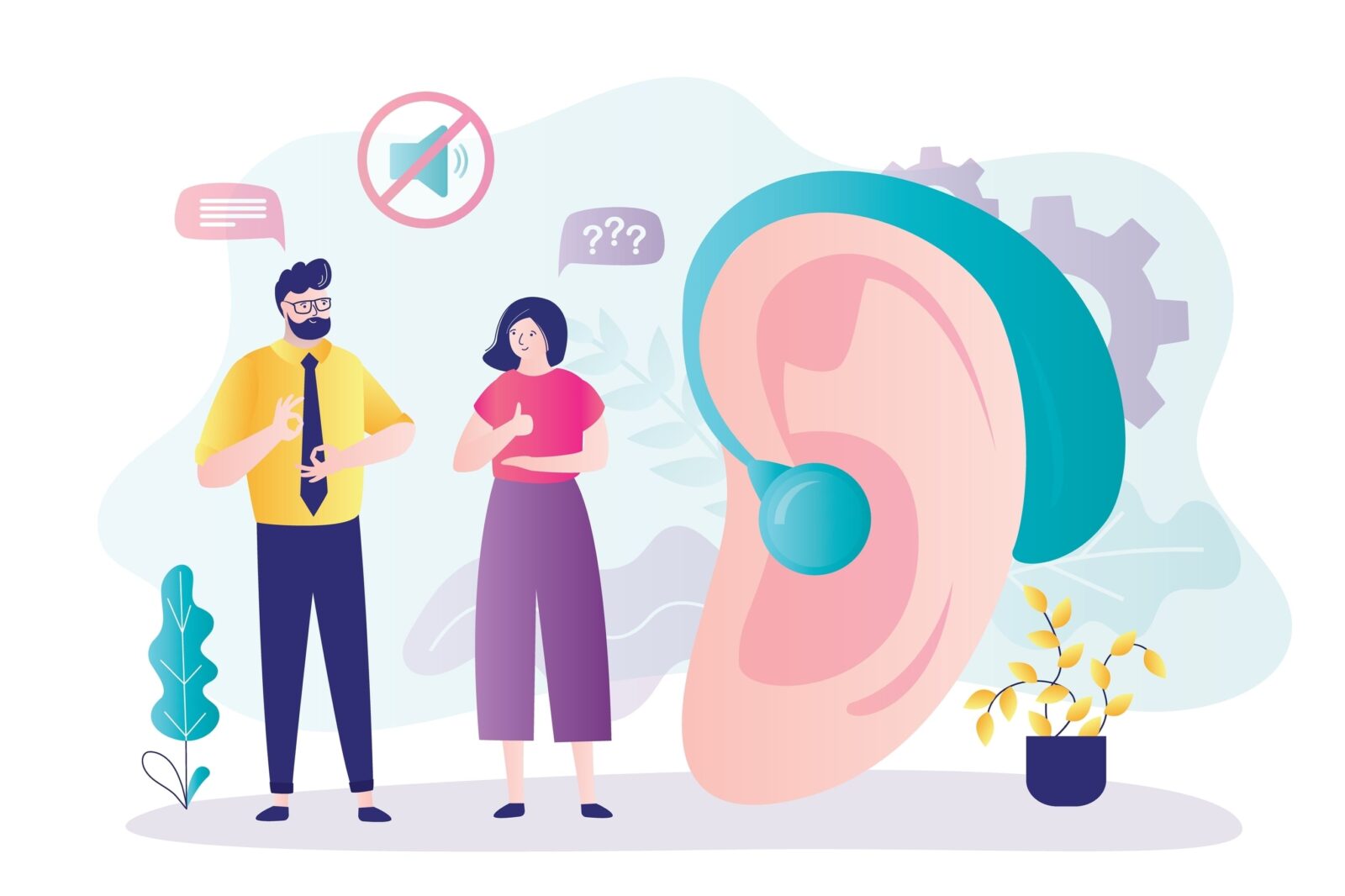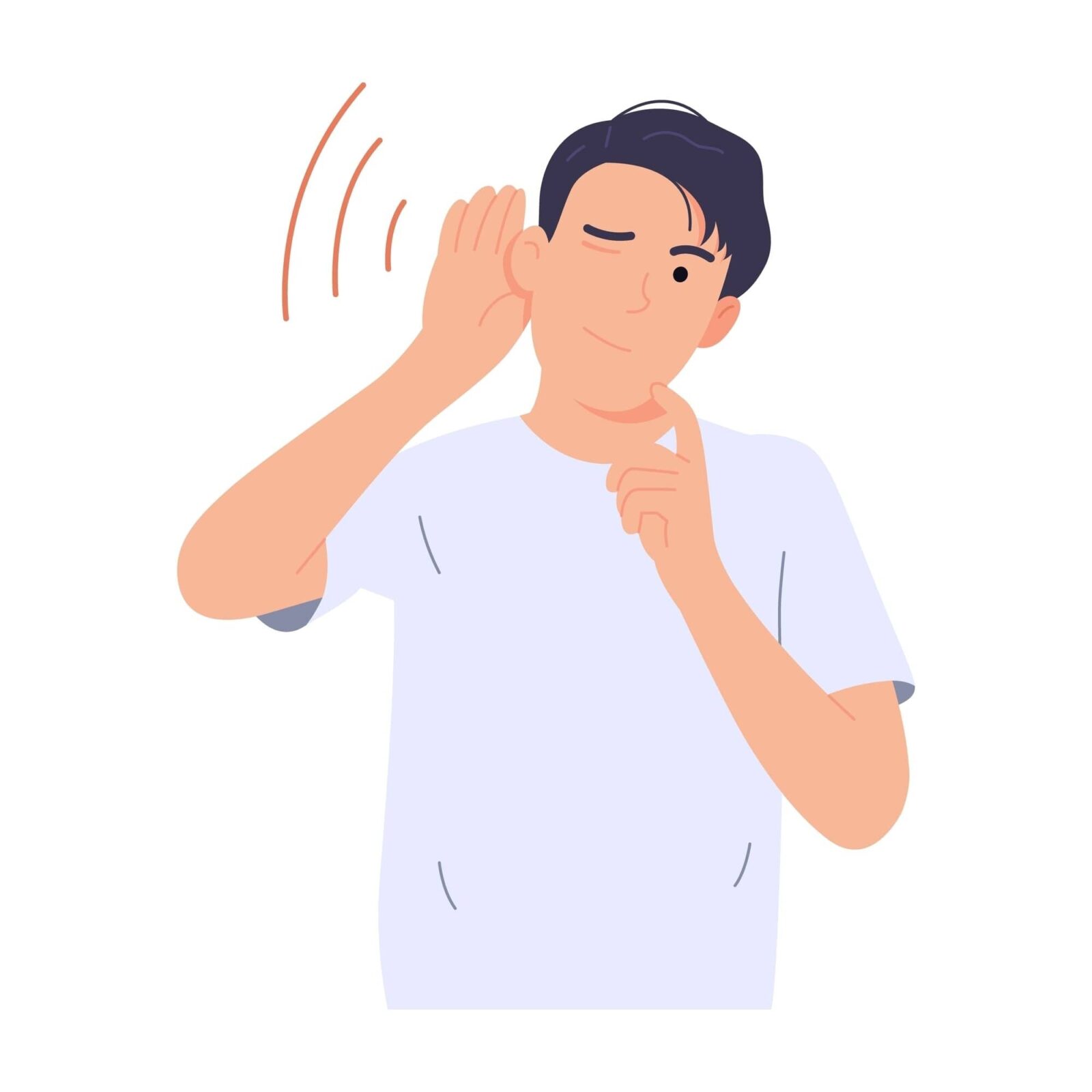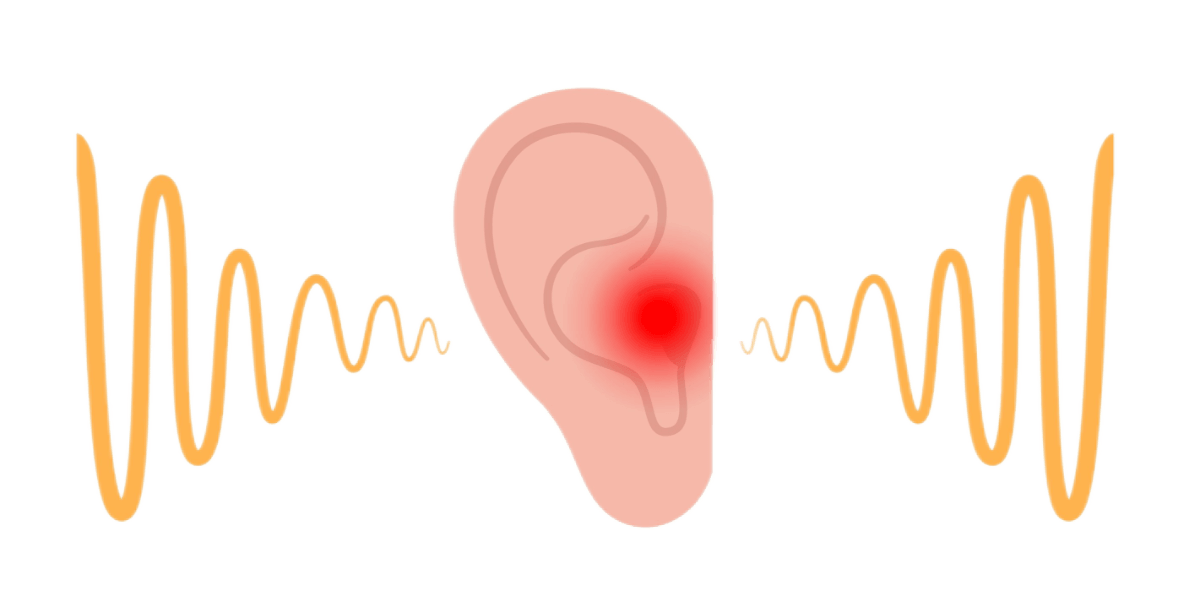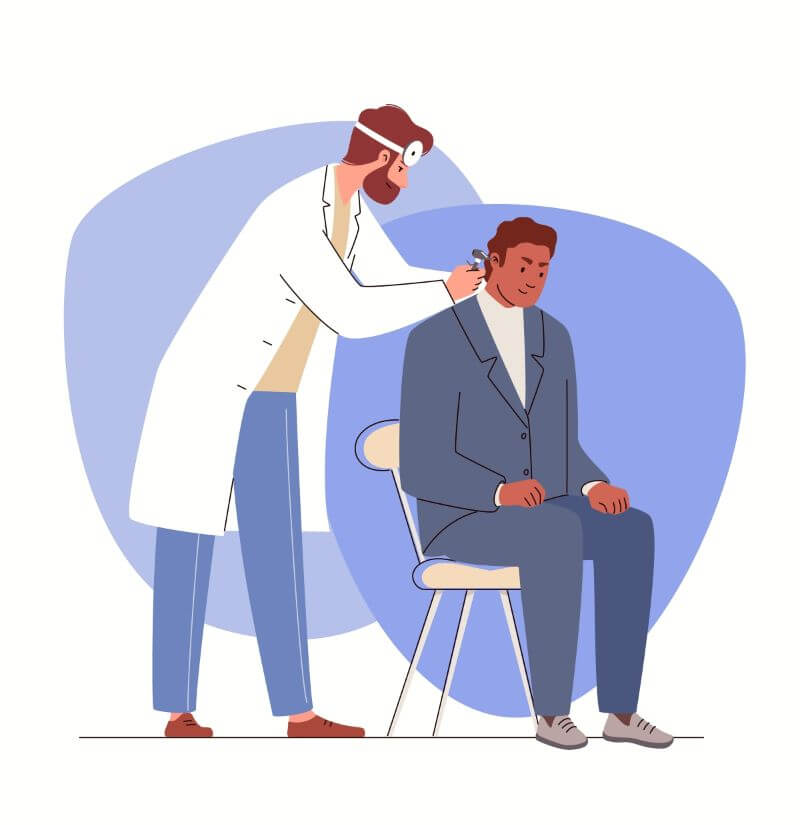Articles de Admin Northern Hearing
Pourquoi les aides auditives aident certaines personnes plus que d’autres
Les aides auditives peuvent vraiment changer la vie de quelqu’un, mais tout le monde n’obtient pas les mêmes résultats. Certaines personnes s’adaptent vite et profitent d’une meilleure audition, tandis que d’autres ont des difficultés ou abandonnent. Pourquoi ? Parce que ce n’est pas juste une question d’appareil. Le succès des aides auditives dépend de nombreux…
Lire la suiteÊtes-vous prêt à utiliser des aides auditives ? Voici comment le savoir
Signes indiquant que vous pourriez avoir besoin d’aides auditives et marche à suivre Vous envisagez d’utiliser des aides auditives ? Vous n’êtes pas seul. Beaucoup de gens se demandent s’ils sont prêts, voire s’ils en ont besoin, mais ne savent pas vraiment par où commencer. Voici la vérité : la perte auditive survient souvent progressivement…
Lire la suiteLa perte auditive : ça touche toute la famille
Ce n’est pas juste un problème individuel — tout le monde en ressent les effets. À notre clinique, on dit souvent que la perte auditive, ça se vit en équipe. Voici comment ça peut changer la vie de famille, et comment on peut mieux s’adapter ensemble. La communication devient plus difficile Parler, rire, se raconter…
Lire la suiteGuide des aides auditives pour les débutants : À quoi s’attendre
Félicitations pour avoir commencé ton voyage avec les aides auditives! S’y habituer peut prendre un certain temps, mais avec de la patience et de la pratique, elles peuvent grandement améliorer ta qualité de vie. Voici ce à quoi tu dois t’attendre et comment tirer le meilleur parti de tes nouvelles aides auditives. Ce à quoi…
Lire la suiteComment les aides auditives ont changé : Technologie et caractéristiques modernes
Les aides auditives ont beaucoup évolué par rapport aux appareils encombrants dont tu te souviens peut-être. Grâce à la technologie moderne, les appareils auditifs d’aujourd’hui sont plus petits, plus intelligents et plus puissants que jamais. Si tu es curieux de savoir comment les aides auditives ont changé, voici un aperçu de quelques-unes des caractéristiques étonnantes…
Lire la suiteSignes courants de perte auditive et moment opportun pour demander l’aide d’un professionnel
L’audition est un élément essentiel de notre vie quotidienne. Elle nous aide à communiquer, à apprécier la musique et à rester conscients de notre environnement. Cependant, la perte auditive peut nous surprendre progressivement. Reconnaître les signes précoces et rechercher une aide professionnelle peut faire une grande différence. Signes courants de perte auditive L’importance d’une intervention…
Lire la suiteDiabète et perte d’audition : expliquer le lien
La plupart des gens connaissent le lien entre le diabète et la perte de vision, mais beaucoup ne savent pas que le diabète peut aussi affecter notre audition ! Examinons le lien entre le diabète et la perte d’audition. Nos oreilles internes sont remplies de structures minuscules et délicates qui dépendent d’un apport régulier de…
Lire la suitePerte auditive et isolement social
Social isolation is defined as loneliness that can affect health with socially isolated individuals having less day-to-day contact with others, fewer fulfilling relationships, and an overall lack of a sense of belonging. According to the Surgeon General of the United States, social isolation is a growing epidemic and is associated with “a reduction in lifespan similar to that caused by smoking 15 cigarettes a day”.
Lire la suiteAcouphènes : qu’est-ce que c’est et comment les gérer ?
La perception d’un son, alors qu’aucun bruit extérieur réel n’est présent, est communément appelée acouphène, et elle est beaucoup plus fréquente qu’on ne le pense. Selon Statistique Canada (2019), on estime que 37 % des adultes canadiens (soit environ 9,2 millions de personnes) ont ressenti des acouphènes au cours de l’année écoulée. La plupart des…
Lire la suiteLes aides auditives peuvent-elles me permettre d’entendre à nouveau ?
Les aides auditives fonctionnent très bien lorsqu’elles sont adaptées et réglées correctement. Elles sont conçues pour ramener le son au cerveau dans les plages qui sont altérées. Il est important de comprendre que les aides auditives ne sont pas un « remède » à la perte auditive, mais plutôt une aide à la perte auditive. Il y…
Lire la suite

